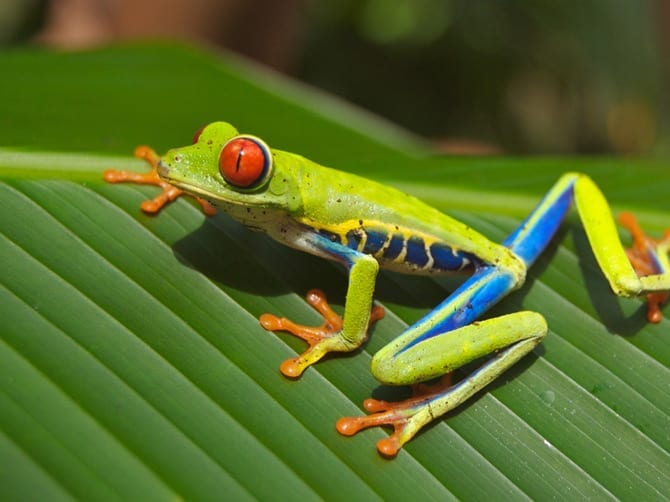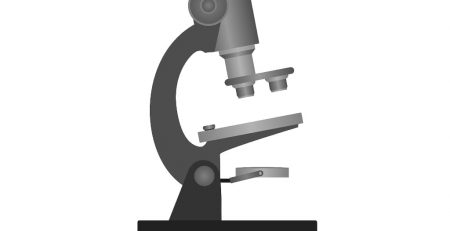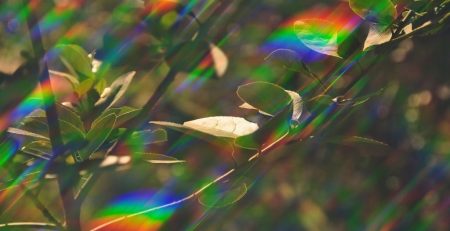Why Do Frogs Have Such Big Eyes? Now We Know
Frogs are funny looking creatures, there’s no doubt about that. Now a new study published in the journal Proceedings of the Royal Society B has taken a closer look at one of their key features – their eyes. Kate Thomas of the Natural History Museum in London and her team looked at 220 species of anurans representing all 55 currently recognized families, measuring the frogs’ body length, cornea size, and total eye size to see how the ratios changed across species.
“Their results showed that among the big-eyed and small-eyed frogs, there was a running theme: shared habitats,” IFLScience.com reports. “Frogs living in caves where conditions are dark and largely monochrome had smaller eyes, while frogs from forest environments had the biggest eyes of all.”
Eyesight is biologically exhausting, requiring a great deal of energy to function, leading the researchers to hypothesize “that frogs have adapted to spend big on giant eyes only when totally necessary.”
Thomas explains in New Scientist: “Tree frogs have the biggest eyes, and they need to climb and jump and make quick decisions while jumping. It’s not that they see any better than we do but, compared to us, they’re investing a lot more of their total energy budget on vision.”














